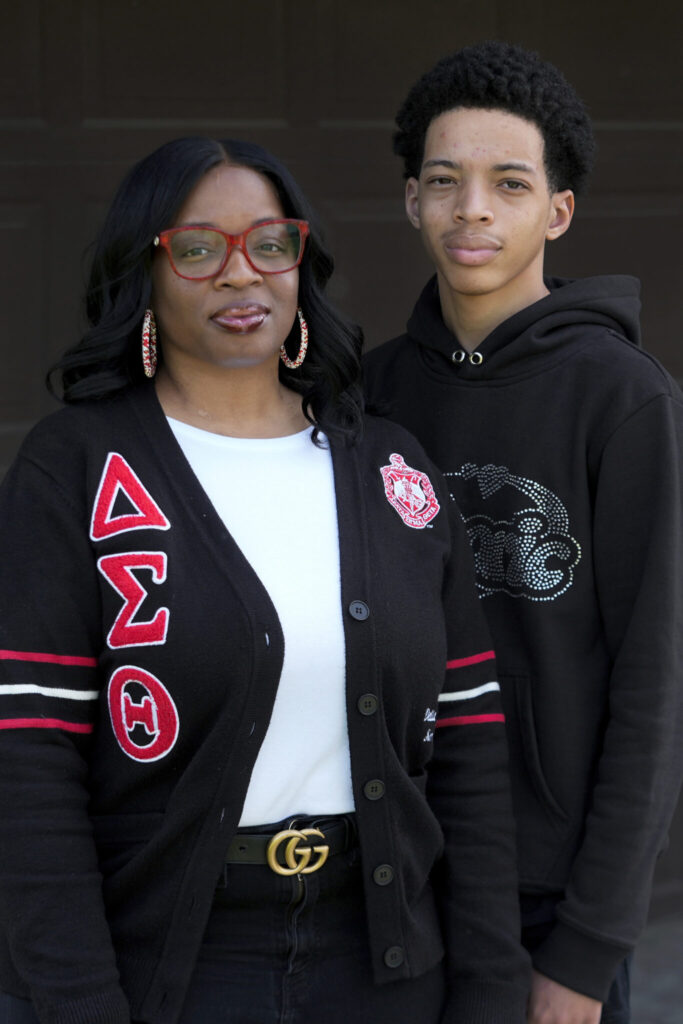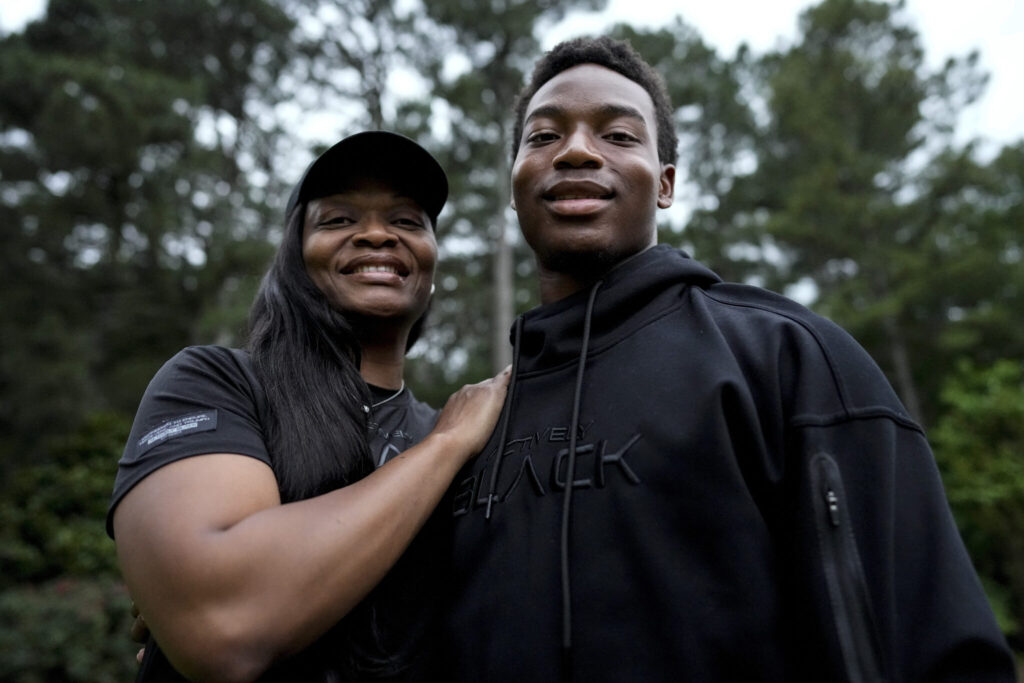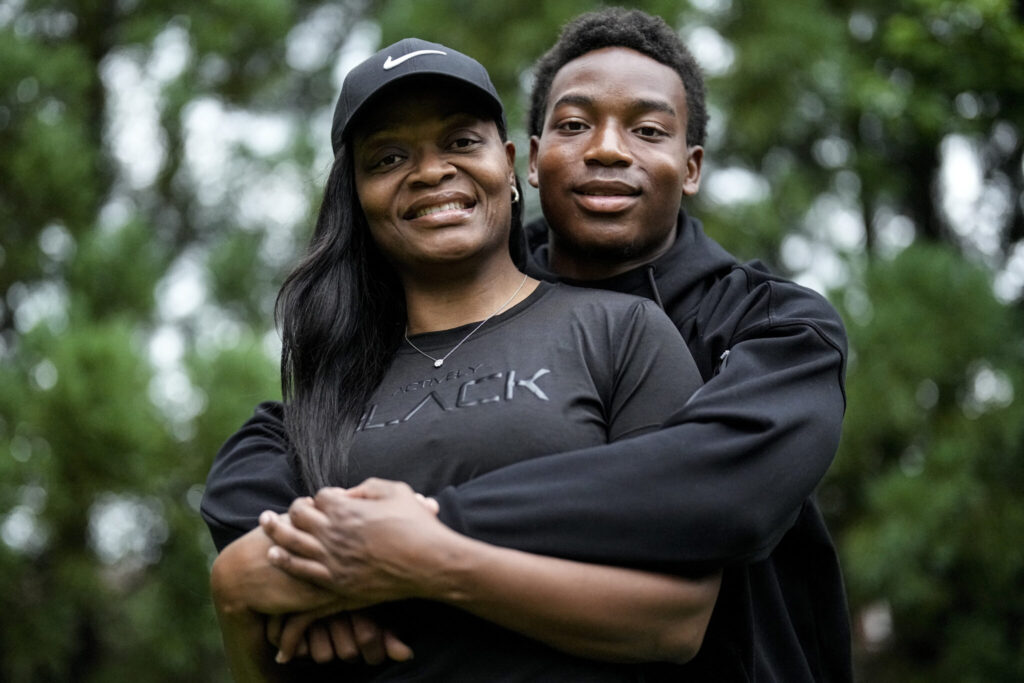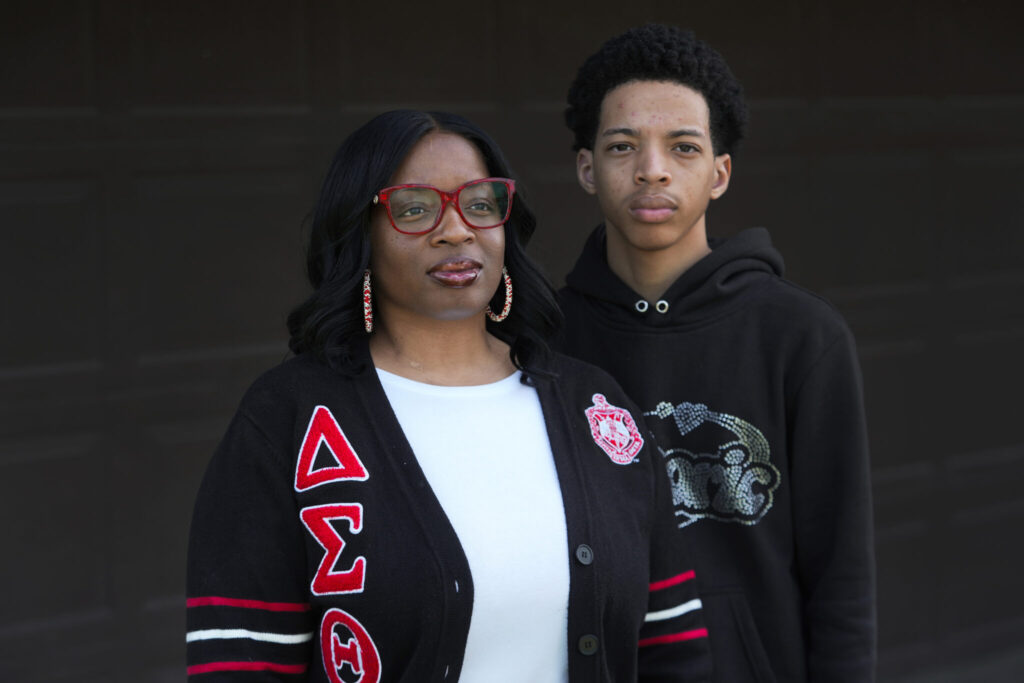The 1954 Brown v. Board of Education ruling and desegregation orders were only the first steps toward the elusive goal of equitable education. For some Black families, school choice has been critical in finding the best available option. And that has not meant necessarily the school with the most racial diversity. Integration alone is not what Black families have pushed for over the decades, said Bernita Bradley of the National Parents Union, an education advocacy group. “We wanted integration with accountability and that’s not what we received,” she said. “That’s why choice needs to exist but we still need high-quality options.”
Quick Read
- Seventy years after Brown v. Board of Education, some Black families in Michigan still face disappointing school choices.
- Julian Morris, a student, has switched schools six times due to challenges related to inclusivity and resource availability.
- Predominantly white schools offered better academics but less cultural inclusivity; predominantly Black schools provided a supportive environment but lacked resources.
- School choice remains critical for finding suitable educational settings, but high-quality options are necessary.
- The National Parents Union emphasizes that integration efforts lacked accountability, leading to continued need for school choice.
- Historical context includes the use of private schools and vouchers post-Brown v. Board to maintain segregation, evolving over time to broader school choice arguments.
- Current advocacy for school vouchers focuses less on social justice and more on parental rights, irrespective of socio-economic status.
- Increased homeschooling among Black families during the pandemic was driven by desires to avoid classroom racism and meet academic needs personally.
- Racial re-segregation in schools is linked to expanding school choice and charter schools, affecting educational equality.
- Families like the Joneses in Atlanta recognize the benefits of school choice but stress the importance of equitable and academically challenging options.
The Associated Press has the story:
Some Black families find options lacking decades after Brown v. Board
Newslooks- (AP)
Since first grade, Julian Morris, 16, has changed schools six times, swinging between predominantly white and predominantly Black classrooms. None has met all his needs, his mother said.
At predominantly white schools, he was challenged academically but felt less included. At predominately Black schools, he felt more supported as a Black student, but his mother, Denita Dorsey, said they didn’t have the same resources and academic opportunities.
Seventy years after the Supreme Court ruled separating children in schools on the basis of race was unconstitutional, Dorsey said the options available to her family in Michigan are disappointing.
“Segregation is abolished, sure, but our schools are still deeply divided along racial and socioeconomic lines,” Dorsey said. “It makes you think: It’s been 70 years but was it worth it?”

The 1954 Brown v. Board of Education ruling and desegregation orders were only the first steps toward the elusive goal of equitable education. For some Black families, school choice has been critical in finding the best available option. And that has not meant necessarily the school with the most racial diversity.
Integration alone is not what Black families have pushed for over the decades, said Bernita Bradley of the National Parents Union, an education advocacy group.
“We wanted integration with accountability and that’s not what we received,” she said. “That’s why choice needs to exist but we still need high-quality options.”
Dorsey made what she called a “contentious decision” in 2022, choosing Saginaw High School in Michigan, which is predominantly Black, over Julian’s predominantly white charter school.
“I was challenged, and I had arguments with family. But Julian is now getting more support from his teachers and administration than he ever did at his previous schools,” she said.
The Brown decision is seen as a key impetus to kicking off the modern school choice movement. As many white families began turning to private schools as a way to avoid the court mandate, state lawmakers — primarily in Southern states — began launching school voucher programs.
In Prince Edward County in Virginia, which closed all its public schools in 1959 for five years to evade integration, state and local officials gave white families tuition grants and tax credits to attend private schools. No similar options were provided to Black families. The move inspired other states to adopt similar schemes before they were deemed illegal by the Supreme Court.
The arguments for school choice evolved over time.

Some thinkers in the 1960s such as Milton Friedman argued that giving families money to spend on education how they saw fit would revolutionize education, incentivizing schools to improve or be left behind. At the same time, civil rights leaders stressed that choice could equalize education for lower-income families, which overwhelmingly include Black and Hispanic students.
Today, some of the loudest advocates for vouchers no longer approach it as a way to push for social justice, said Claire Smrekar, a professor of education and public policy at Vanderbilt University. Rather, the focus is on parents’ rights and lifting restrictions that may prevent wealthier families from using the programs at schools of their choice.
“This expansion is really extraordinary when you think about it,” Smrekar said. “There are no social justice arguments here for families trapped in poverty and zoned for low-performing schools. The new argument is that everyone should enjoy this subsidy.”
Meantime, conservative attacks on how topics related to race and racism are taught in schools have only added to the appeal of alternatives for some Black families. Some schools dedicate themselves to affirming students’ Black heritage, claiming the mantle of freedom schools that started during the Civil Rights Movement in response to the inferior education Black Americans were receiving in the South.
“All parents want is a safe and caring environment where their child is going to go and they are going to be a partner in my child’s pathway to success,” Bradley said.

Black families also turned to homeschooling in large numbers during the pandemic, driven in part by a desire to shield their children from racism in classrooms and to better meet the individual academic needs of their children.
American schools are more racially diverse today compared to the era of Brown v. Board, but schools have been re-segregating, with lasting academic consequences. Schools where students of color compose more than 90% of the student body are five times more likely to be located in low-income areas, where students have worse educational outcomes.
According to research from Stanford University’s Educational Opportunity Project, the recent increase in segregation appears to be partially driven by school choice. In school districts where charter schools expanded most rapidly in the last two decades, segregation grew the most.
In Michigan, Julian said he thought his mother was “tripping or just going off the rails” to pull him out of a higher-ranked school.
“It wasn’t until I arrived at Saginaw High that I took a second look back and realized that what was said to me and things that happened at the school were not OK,” Julian said. “I was different there because I am Black. But now at Saginaw, it feels more welcoming and I feel included and supported. I feel the difference.”
Janel Jones, a mother of two children in Atlanta, said she has seen the benefits of choice, having sent her 13-year-old daughter and 17-year-old son to seven different schools combined. But just giving parents an option is not enough, she said.
“School choice is not choice if it is not equitable. At the end of the day, liberation directly affects our economic outcome, and as parents we have to make sure these educational systems are challenging academically but also meet their needs as members of society,” Jones said.
It is not as simple as sending children to an all-Black school, she said.
“Your child is protected, but also coddled. You have not learned how to understand and deal with microaggressions you are guaranteed to face when you get your first job. That’s the educational part we as Black parents also have to teach our kids and that’s not going to change any time soon,” she said.







